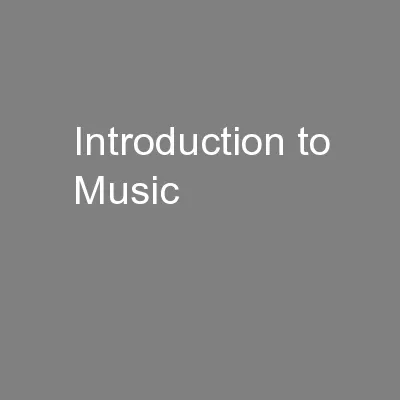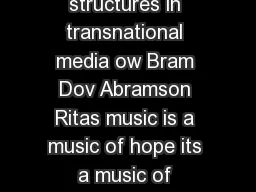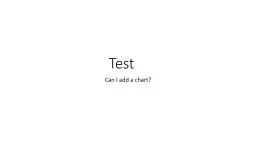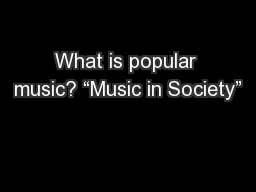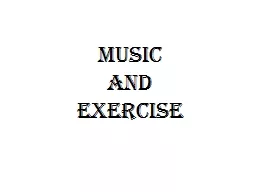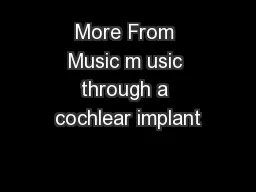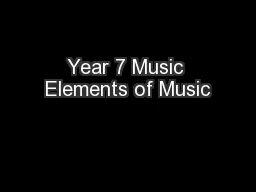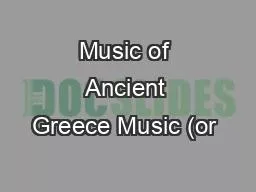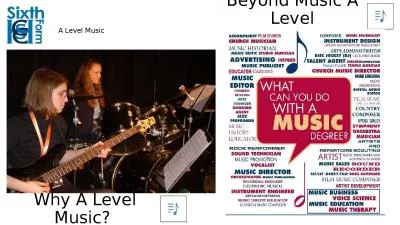PPT-Introduction to Music
Author : yoshiko-marsland | Published Date : 2016-03-23
Beethoven His life and times Symphony No 5 A new era One of Beethovens many dwellings He lived in more than 70 apartments and rooms during his lifetime This
Presentation Embed Code
Download Presentation
Download Presentation The PPT/PDF document "Introduction to Music" is the property of its rightful owner. Permission is granted to download and print the materials on this website for personal, non-commercial use only, and to display it on your personal computer provided you do not modify the materials and that you retain all copyright notices contained in the materials. By downloading content from our website, you accept the terms of this agreement.
Introduction to Music: Transcript
Download Rules Of Document
"Introduction to Music"The content belongs to its owner. You may download and print it for personal use, without modification, and keep all copyright notices. By downloading, you agree to these terms.
Related Documents

